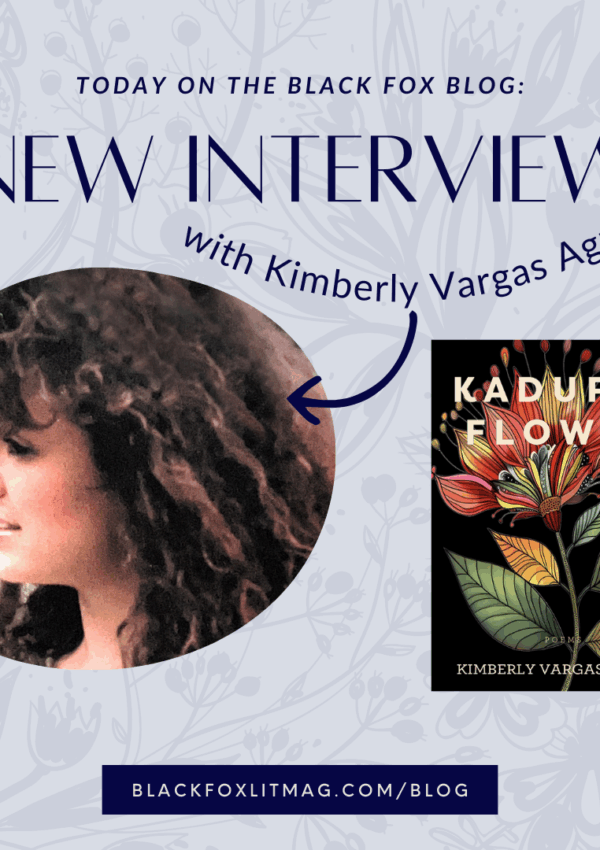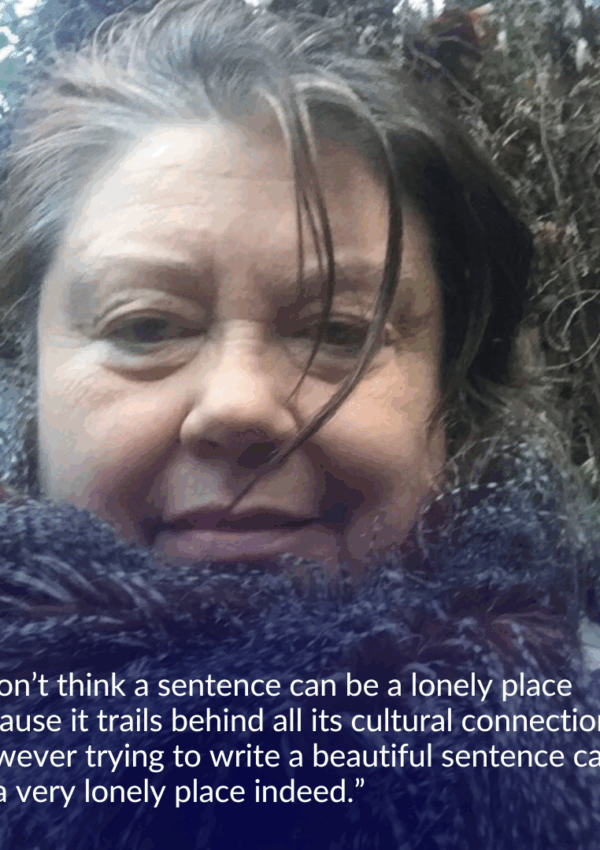Our love for the written word may have been generated from any number of avenues growing up. We, as artists and students of our beloved art, yearn to learn as much as possible about our craft. That is where the writers’ conferences, book festivals, and author events come in handy.
In my travels to workshops and conferences, the fun part is sitting in on classes, lectures, and panels. Many are staffed by well versed masters in our field, full of ideas and new approaches to the old world of writing. In the right frame of mind, you can walk away with your own ideas conjured from maybe a sentence or anecdote you heard. The take-away at a master class or panel review will blow your mind because at some point, the eureka moment will hit. Not that it should shock you. We are writers, the eureka moment is something we are accustomed to, yet every so often you’re almost caught anew.
If you write fiction, one of your major focuses are on your characters. The protagonist becomes the nucleus of your plot. The reader gets caught into their life and follows them through their journey. Look at the magic Harry Potter has brought to the world of reading. To the author, that main character is everything, the bread and butter, the reason you spend hours, days, months perfecting your tale.
But how well do you know your character? What’s her favorite color? Who is her favorite uncle? Who taught him how to ride a bike or how to tie a tie? Does he love his mother or despise his childhood? Seems trivial, but think about it, you are creating a world for the reader to accept as “real” while reading along. For the time they are engrossed in your masterpiece, you want them mesmerized, turning pages.
Fiction entertains the reader and introduces them to a whole new world—think Hogwarts, Marvel Universe, Panem, Gotham. Even if your story takes place in a real-world city, NYC, Toledo, you are creating a world that they will accept and want to consume everything about. The characters in this world should also be “real” as they are what drive the storyline.
While attending a conference, my eureka moment was born out of a comment the teacher blurted in passing. Out of it, I thought up an activity while listening to her talk about one of her characters. The whole purpose of this exercise is to help re-think the way we create characters from inception. I listened to her speech, but when that session was over, I was busily sketching out ideas in the lobby while my fellow attendees were at lunch. Suppose someone introduces you to a peanut butter and jelly sandwich, you go home to try it but then think, “Hmm, what if I sprinkle cinnamon and slice up some bananas?” Boy Howdy, you just birthed the Cinna-Nanna PBJ.
By the time I rewrote everything out in my head, I came up with a game I lovingly call Character-Fill-In-The-Blank. I have turned this into a presentation that I give at writer’s conferences every year. Try it, you’ll never look at your characters the same way.
We start on a blank slate. Keep a good clear picture of what your character looks like, ready?
Thinking of your character, create a scenario, something far removed from your story. Put the character in the scenario and add hardships and obstacles. Yes, I know, “this is why I’m creating a story anyway.” True, but this will be a break away from the storyline, it could be funny or tragic, doesn’t matter. The point is to feel what they feel, see the world through their eyes all the while learning from them at the same time. How do you do this? I’m so glad you asked.
I write mostly middle grade—so let’s say that my character is a twelve-year-old girl. What do I know about her? How important is she to the story line? We are about to find out, do you remember playing the paper game Madlibs? We’re going there and here’s where the fun begins:
So, she is an orphan. Her name is _____. Her mom died in a/an _____ accident while escaping the police – who were trying to find her estranged husband. Before she left, she dropped the girl off at her neighbor’s apartment with a padded envelope. She told her “Don’t open this until you hear from me in ____ days. If I don’t get back in contact with you—open it.”
That day, the mom was on the news as they dragged her body from the _______ River. How does the girl feel about this as she is watching it on TV with the neighbor, who is nervously holding a padded envelope in her hand while biting her nails?
“Where’s my Dad?”
“We don’t know.”
“Why were they chasing my Mom?”
“I don’t know.”
The twelve-year-old has ______ colored hair and ____ colored eyes. Her best friend _________ lives _____ blocks away. Does she have any identifying features? A tick, a lisp, a limp? Her pet _________, who she named Fiona, ran away a week ago and she wanted to find her, but dad told her to wait till he got back from his important business trip to ______, and when he got back, they would do it together “Because Fiona is probably at _____’s house anyway across town. She always ends up there.” She never saw her dad again. The neighbor has no kids but has ___ (number) cats and the twelve-year-old is allergic to cats. She likes to wear _______, and her favorite snack is _____ which the neighbor doesn’t have in her pantry, the agony. How tall is she? Does she go to school? Does she have a happy disposition or is she a loner? Is she off the grid because she hates the fact that her best friend was bullied on Twitter or active on every social network on the planet? Why does she have a burn mark on her right knuckle? What is in that padded envelope that the neighbor is just about to crack open?
Details, details. Many writers create an outline of their characters, but you don’t want to do that to the reader—you want them engrossed in the drama not filling their head with character trivia. But you, the creator—you need to know every minute detail as it will help you fulfil your obligation in personifying this protagonist. The reader deserves that. Play fill-in-the-blank the next time you’re giving birth to your protagonist or maybe stop right now in the middle of your manuscript and try it. The circumstance does not have to be a part of the story line, this “madlib” exercise is just so that you—the creator—can get a better understanding and full background of your protagonist in ways you possibly would not have thought of before. You will see your character with new eyes. And while you’re at it, break out a glass of almond milk and enjoy that Cinna-Nanna PBJ. Don’t forget the pickle.
Attracted to words at an early age, Rod’s first book was created in grade school, his teacher used it to encourage creativity in her students. His high school English teacher told him to try short story writing, he listened, and the rest—as they say, is history.




